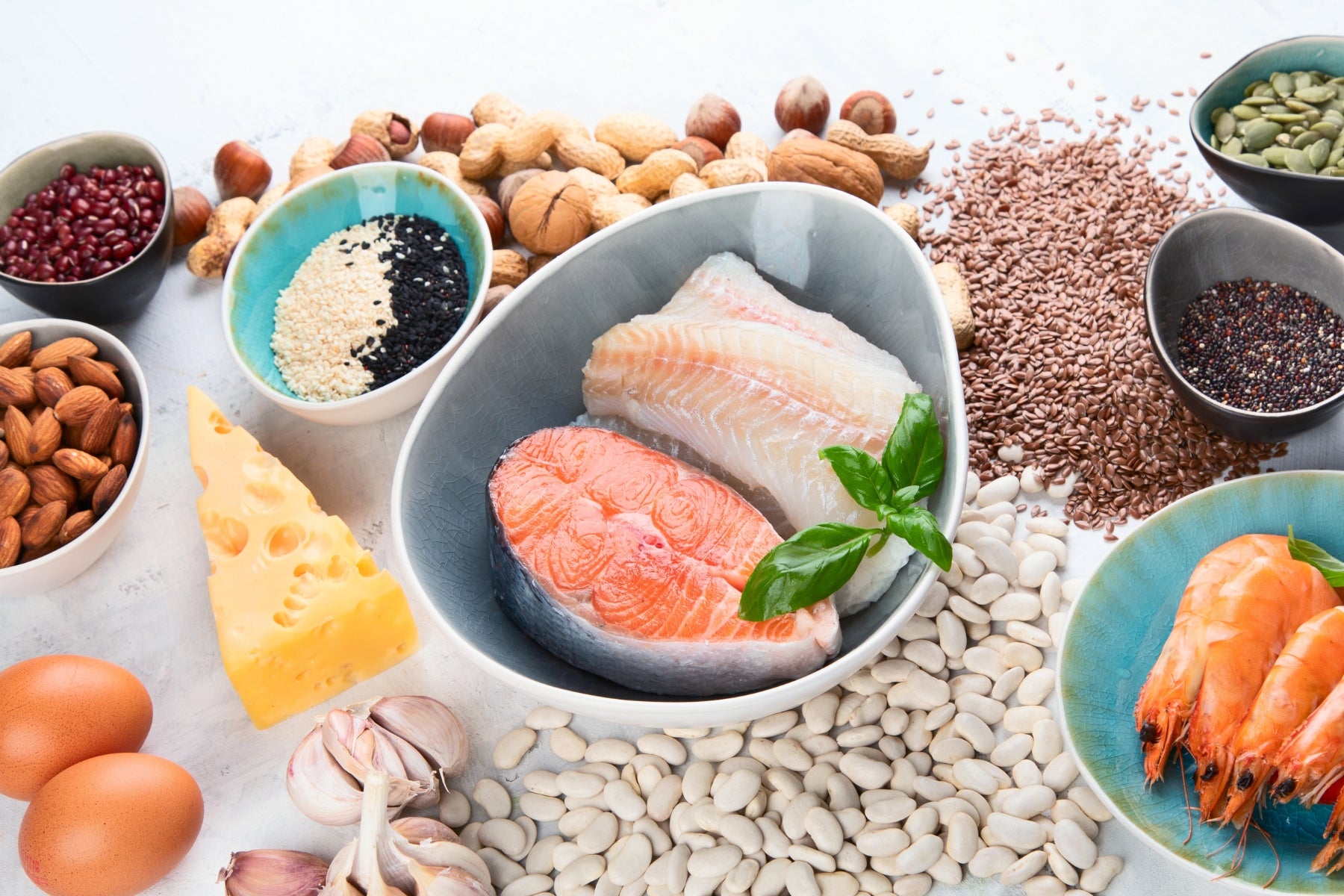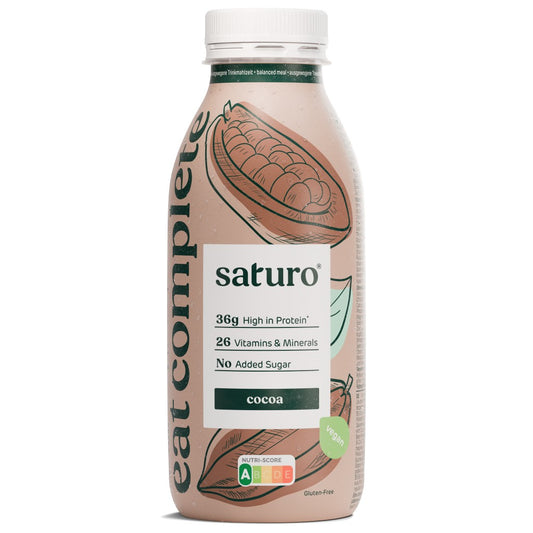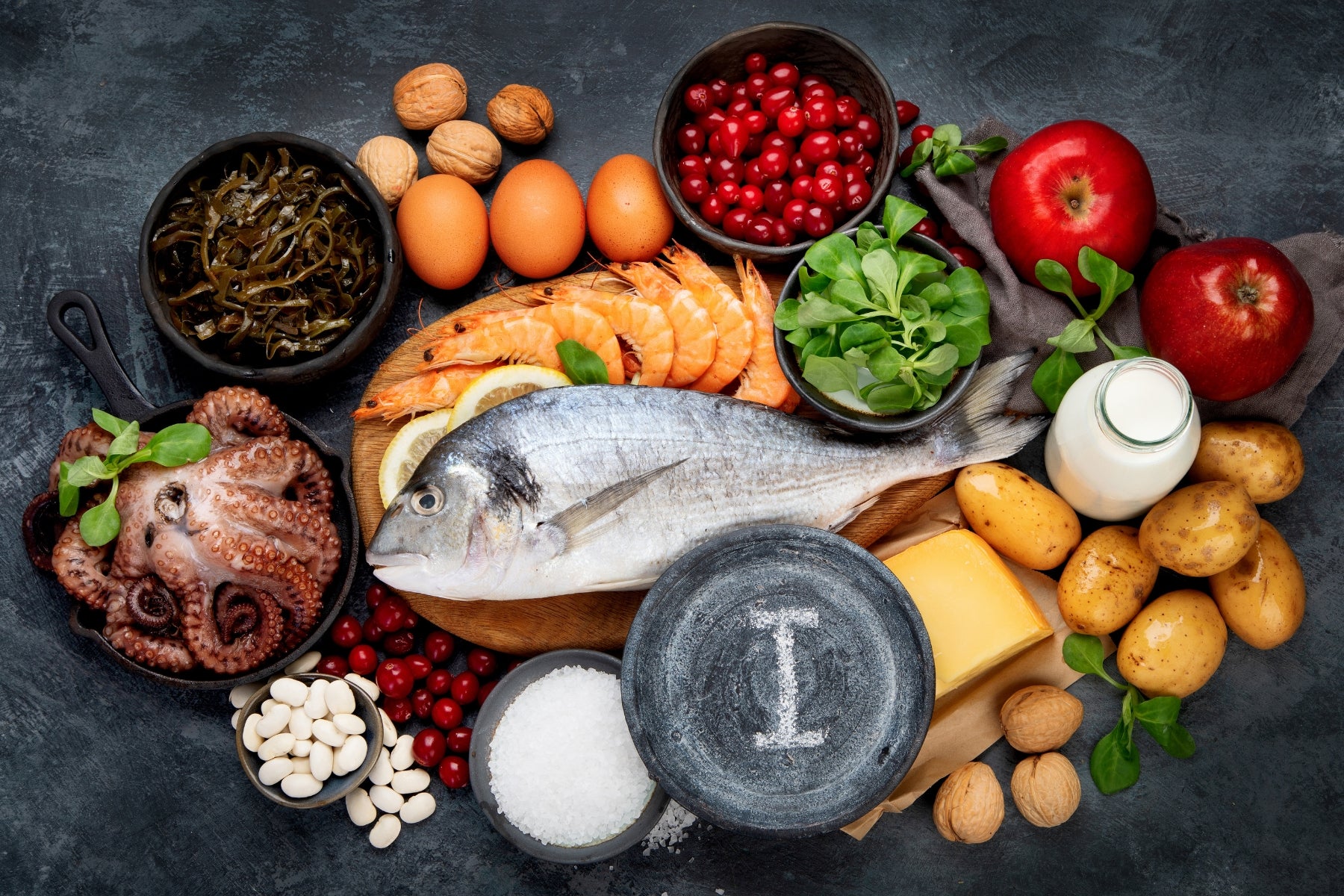Contents
1
What is a lack of phosphate and how much phosphorus do you need every day?
2
Lack of phosphate symptoms
3
Causes of phosphorus deficiency
4
Phosphorus in food
Vegan phosphorus sources (per 100 g)
Animal phosphorus sources (per 100 g)
Drinking against phosphorus deficiency





